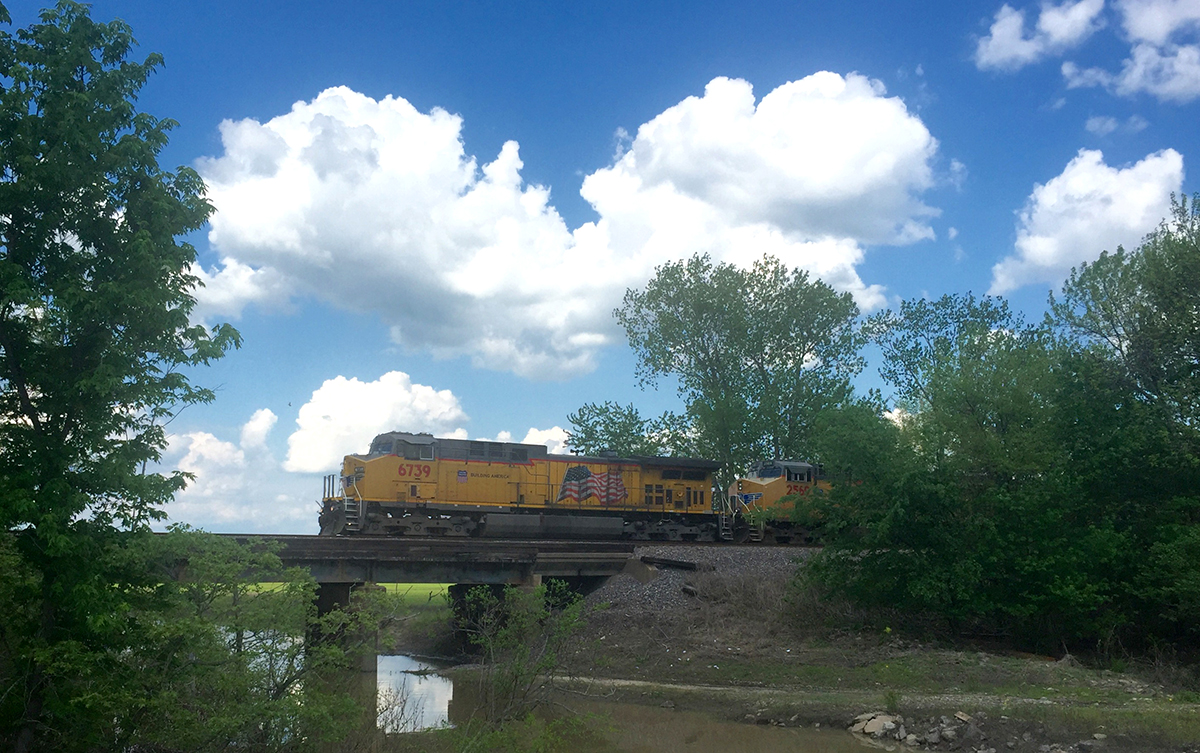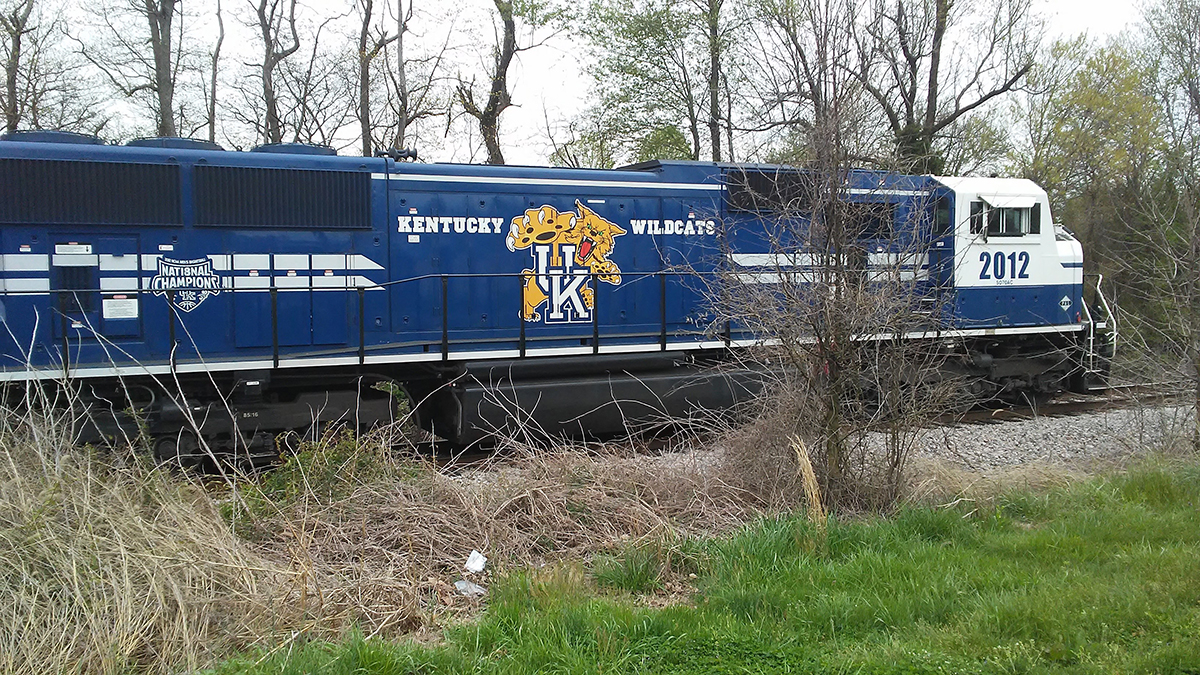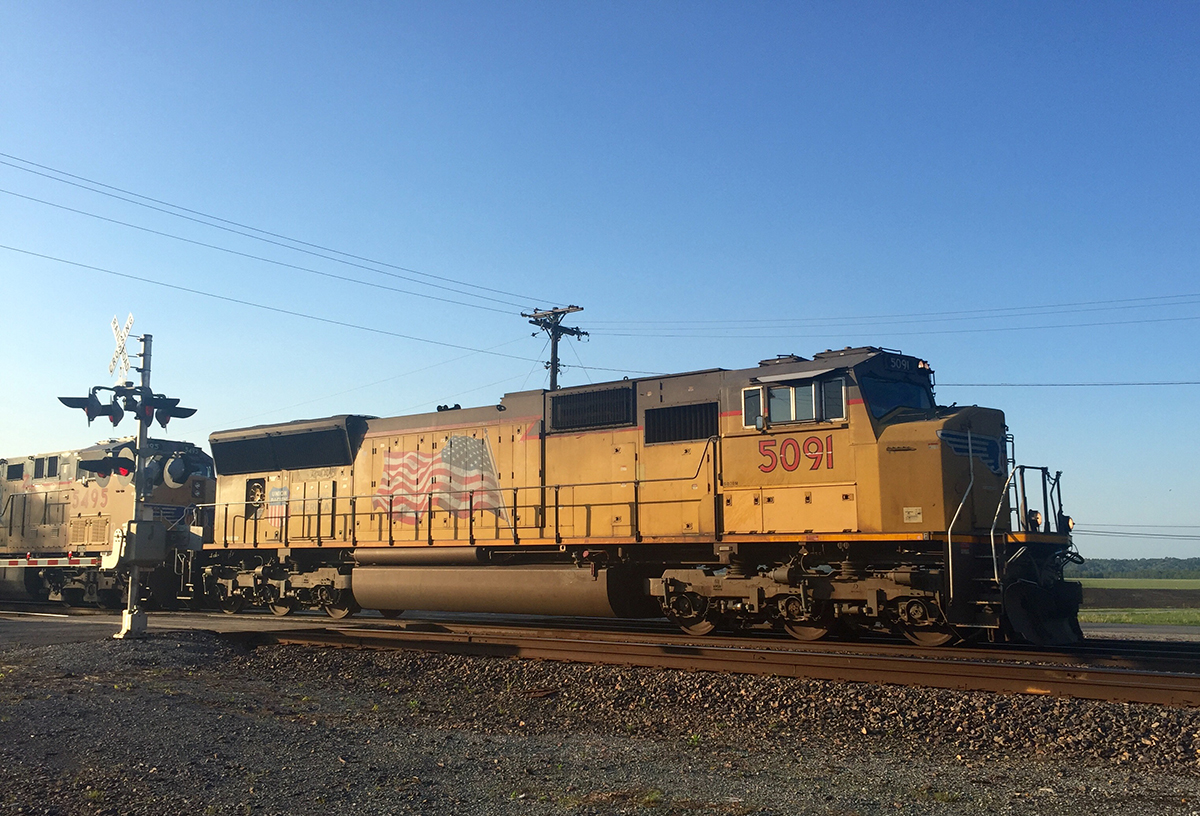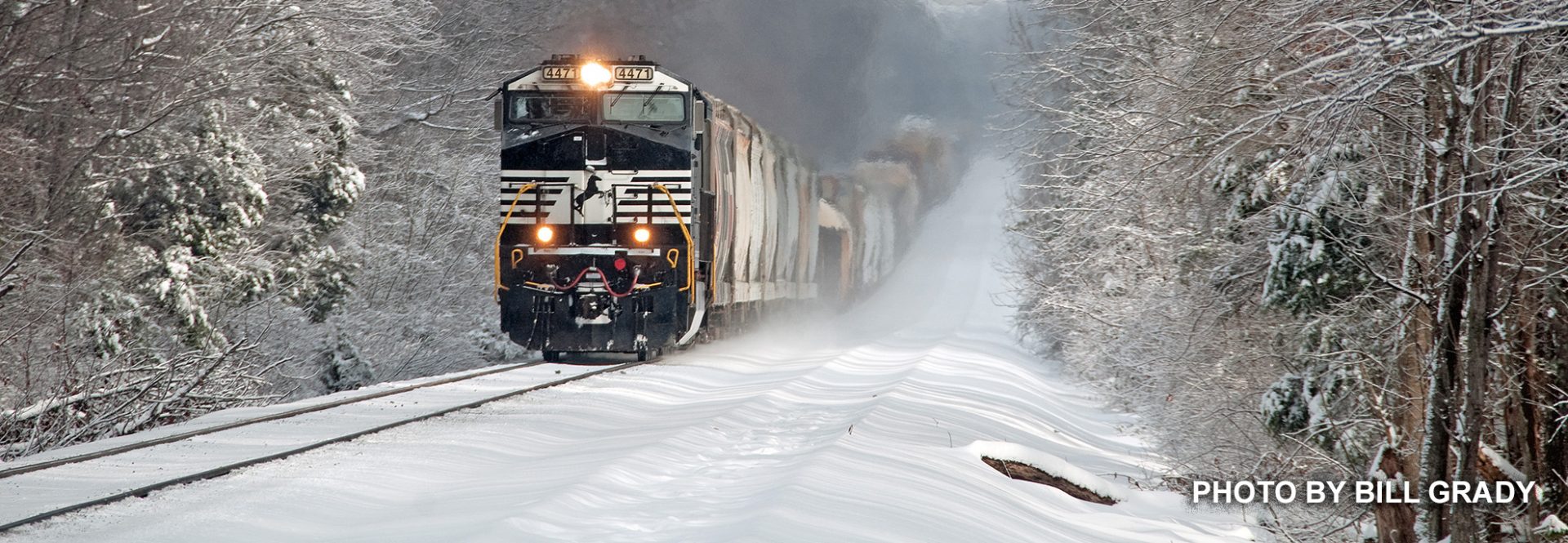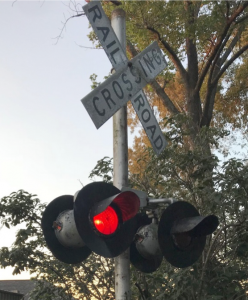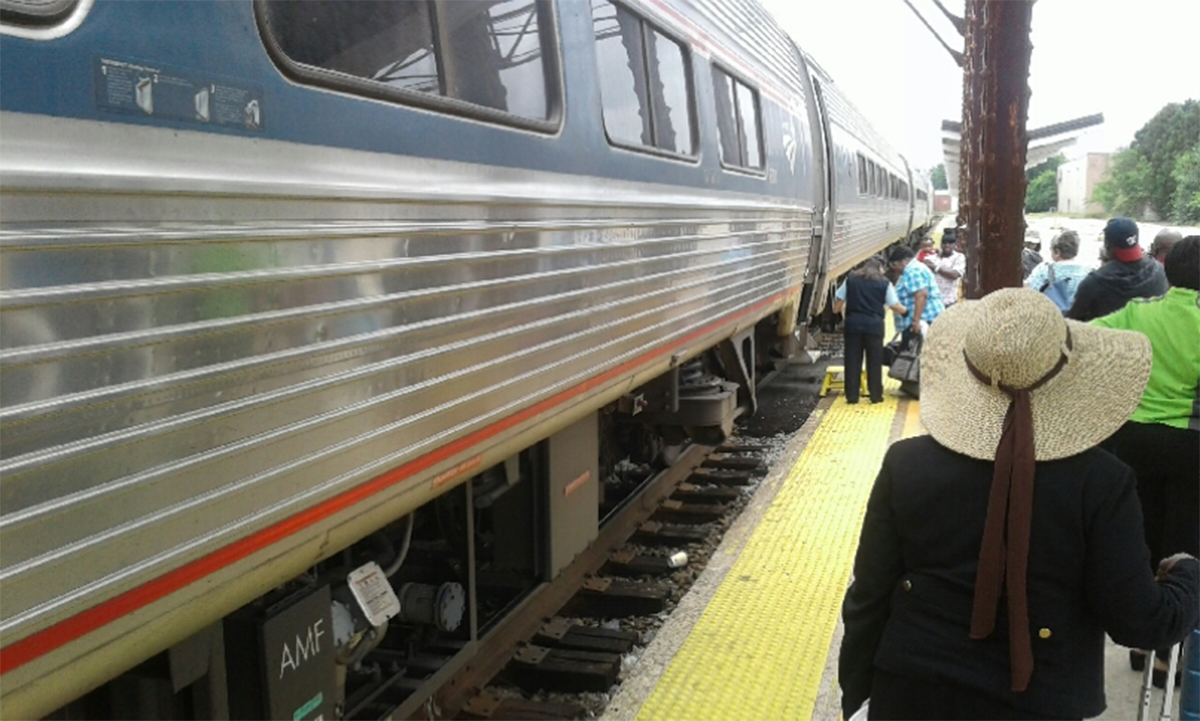Author: Jim Pearson

Working on the railroad has always been dangerous work. In years past few conventional insurance underwriters would consider policies for railroaders. Whether switchmen in the yards dodging rolling equipment, or brakemen jumping from boxcar to boxcar tying down hand brakes, many a railroader never came home at the end of the day, leaving a trail of mourning widows.
A sobering example of the dangers of railroading is this B&O SD40 with a cabful of lumber. On June 15, 1979, at Bremen, Ind., a load of lumber on a westbound train shifted and slid into the cab of No. 7598, running backward as the trailing unit on an eastbound. A brakeman riding the diesel’s cab sustained minor injuries — and no doubt paid special attention the next time he passed another train.
Many safety improvements have occurred over the years, with the invention the Westinghouse air brake and the Janney coupler being prime examples. In the years before and since the accident above, lumber transport by rail too has changed. In the very early days boxcars were used for transport of lumber products, a manual and cumbersome process. Today the modern center-beam cars have replaced open flat cars for lumber and other shipments such as dry-wall and plywood.
Submitted by Gary O. Ostlund.
 UP COMING PHOTO CONTEST – September 15-30, 2018
UP COMING PHOTO CONTEST – September 15-30, 2018
Submission Deadline , October 7, 2018
Get out there! , Never know what you’ll find on the rails!
Below are the dates for other upcoming chapter photo contests. During the months listed all members are invited to shoot pictures and submit no more than two entries each to webmaster@westkentuckynrhs.org by the deadline listed with each contest. You must be a paid member of the chapter to participate in these contests.
Jim Pearson or the membership will judge the photos and select 1st through 3rd place and the winners will be presented in the Pennyrail and on the chapter website. We’ll also view them at the meeting following each contest.
At least the 1st place winners will be used to produce a chapter calendar for the next year.
All submissions must have a caption that lists at least the railroad, location and date with photographers credit and any other relevant information.
November 15-30, 2018
Submission Deadline: December 7, 2018
January 15-30, 2019
Submission Deadline: February 7, 2019
March 15-30, 2019
Submission Deadline: April 7, 2019
May 15-30, 2019
Submission Deadline: June 7, 2019
July 15-30, 2019
Submission Deadline: August 7, 2019
I couldn’t resist. We’ve had high nineties for what seems to be forever, and today only 90. So just to jog our memory of cooler climes, this January 1979 scene seemed like a nice idea. I feel cooler already.
The eastbound is exiting one of two wooden show sheds along Lake Keechelus. Interstate 90 occupies the shoreline across the lake. Snoqualmie Pass and the 11,789 foot tunnel are a few miles behind the train. The vertical milepost number 2112 indicates the miles to the bumping post at Union Station in Chicago.
Everything except the power poles in this scene are gone, track, sheds and all. Yours truly became the proud owner of the salvaged the milepost sign after the abandonment. The right-of-way is owned by the state parks system, and great for hiking and biking in the Summer, and cross-country skiing in Winter.
Credits: Picture by Jay Lentzner from the book “The Milwaukee Road,” by Frederick W. Hyde. Submitted by Gary O. Ostlund, gary.ostlund@att.net, Pinehurst, NC




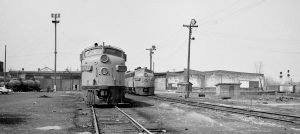
I grew up in Franklin Park, Illinois which is a small Chicago suburb on the Milwaukee Road west line going toward Elgin, Illinois. We had a nice little wooden station that I could ride my bike to and hang out watching the trains. There were many trains to see from the benches since there were 4 main tracks. Freight and passenger trains were frequent. A few steam engines were still running and were unforgettable. I even rode my bike to the Bensenville yards to see the action and especially liked the diesel shops which were fascinating to a boy that loved all the complex machinery, tools, and engines that occasionally had hoods or doors off or open allowing a view of the innards.
For a couple of summers before I could drive, my friend Jack and I took the train to Itasca, Illinois to caddy at a golf course. The train fair was 31 cents each way and we might earn, i f we were lucky enough to get a golf round, $3 for a single bag and $6 for two bags for 18 holes. And if we got two rounds in a day we felt like Rockefeller. This was for carrying the bags on our backs, no carts. This was pretty good money for the day even after figuring in the train fare. Of course it was always a thrill to ride in an old heavyweight passenger car. The 3 or 4 spittoons in the men’s smoking room were just an added attraction, I sometimes wonder were all the country’s spittoons went to. Gosh, they were truly disgusting. The acceleration of the Milwaukee’s EMD F units were exciting as were the rumble and guttural sounds emanating from the huge and beautiful diesels.
I was also lucky enough to occasionally see and feel the New York Central EMD E units in Lasalle Street Station in downtown Chicago when my aunt from Vermont would come to visit. These trains were true classics compared to the old Milwaukee trains that I rode to various jobs. Several times I was able to walk through the NYC cars before my aunt would leave for home and I could experience the elegance, comfort, and style of a world class train before I had to get off and re-enter the real world of a train shed that seemed a mile long and hear the wonderful sounds of many prime movers in the E7 or 8s. Each engine having at least 2000 or more Horsepower compared to my Dad’s Plymouth of about a hundred.
In high school I worked a few summers loading 40 and 50 foot boxcars on the Milwaukee Road with televisions, stereo consoles, and radios for Zenith Radio and Television. If you have never loaded a boxcar, you can never imagine just how incredibly huge they are. I mean HUGE.
So these are a few remembrances of my early connections to trains and the mighty railroads that did so much to build this great country.
Rich Hane
by Ricky Bivins, Chapter President
L&N RR passenger car #3200
This car was in service with P&LE as a commuter train out of Pittsburgh PA to College PA. That service ended in 1984.
This car also saw service on the Central City Limited in 1992 behind Nickel Plate #765. Several members of the Chapter rode the train.
The car is currently preserved at the LM&M Railroad in the Milwaukee Road colors.
The following is from the LM&M website. The 3200 at Cincinnati Union Terminal bringing up the markers on The Humming Bird
The 3200 was built be the American Car and Foundry Company (ACF) for the Louisville and Nashville Railroad. The L&N used the car on its Humming Bird passenger train between Cincinnati, OH and New Orleans, LA.
After retirement from the L&N in the 1960s the car was sold to the Pittsburgh and Lake Eire Railroad. The P&LE purchased the coach for commuter train service in the Pittsburgh area.
After its brief stint in commuter service, the 3200 was sold to the Ft Wayne Railroad Historical Society for excursion service. The car would later be owned by the Friends of the 261, Lake Central Rail Tours, and the Cincinnati Dinner Train before coming to Lebanon for use on the LM&M Railroad.
The 3200 is currently painted to honor the Chicago, Milwaukee, St Paul, and Pacific Railroad, also known as the Milwaukee Road. The car is named the Montgomery to honor both the L&N and the CL&N. The L&N stopped in Montgomery, AL. The CL&N stopped in Montgomery.
The Lebanon Mason Monroe Railroad (LM&M Railroad) offers historic train rides in Warren County Ohio departing from downtown Lebanon. This is your chance to ride in vintage passenger cars hauled behind a historic diesel locomotive. The LM&M Railroad offers the only family friendly train ride experiences in southwest Ohio. We offer themed events year-round for passengers of all ages. The LM&M Railroad is operated by Cincinnati Scenic Railway, a nonprofit organization.
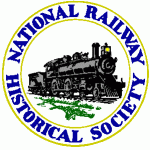 The 2018 NRHS convention will be held Tuesday-Sunday, Aug. 7-12, with headquarters in Cumberland, Md. The tentative schedule includes scenic rail trips through the countryside of West Virginia, Maryland and Pennsylvania, plus the annual meetings of the Society. The registration room for the convention will open in mid-afternoon on Tuesday, Aug. 7. The board meeting for the NRHS Fund Inc., will be held that evening.
The 2018 NRHS convention will be held Tuesday-Sunday, Aug. 7-12, with headquarters in Cumberland, Md. The tentative schedule includes scenic rail trips through the countryside of West Virginia, Maryland and Pennsylvania, plus the annual meetings of the Society. The registration room for the convention will open in mid-afternoon on Tuesday, Aug. 7. The board meeting for the NRHS Fund Inc., will be held that evening.
The first trip is scheduled for Wednesday with an all-day outing to Cass, W.Va. to ride the Cass Scenic Railroad up to Spruce, W.Va. At that point, there will be a “cross platform transfer” from the Cass steam train to the Salamander diesel train to Elkins, W.Va. Lunch will be served on the Salamander. Once in Elkins, NRHS members will re-board the buses for the return trip to the hotel in Cumberland.
The tentative schedule for Thursday includes a charter train ride on the Western Maryland Scenic Railroad from the depot on Cumberland (three blocks from the hotel) to Frostburg, Md., behind the newly rebuilt steam engine No. 1309. Photo run-bys are scheduled for this trip. Cab rides will be offered in both directions with proceeds benefitting the NRHS.
To read more from the NRHS News, go to https://admin.nrhs.com/NRHSNews/NRHS_News_October_2017.pdf.
